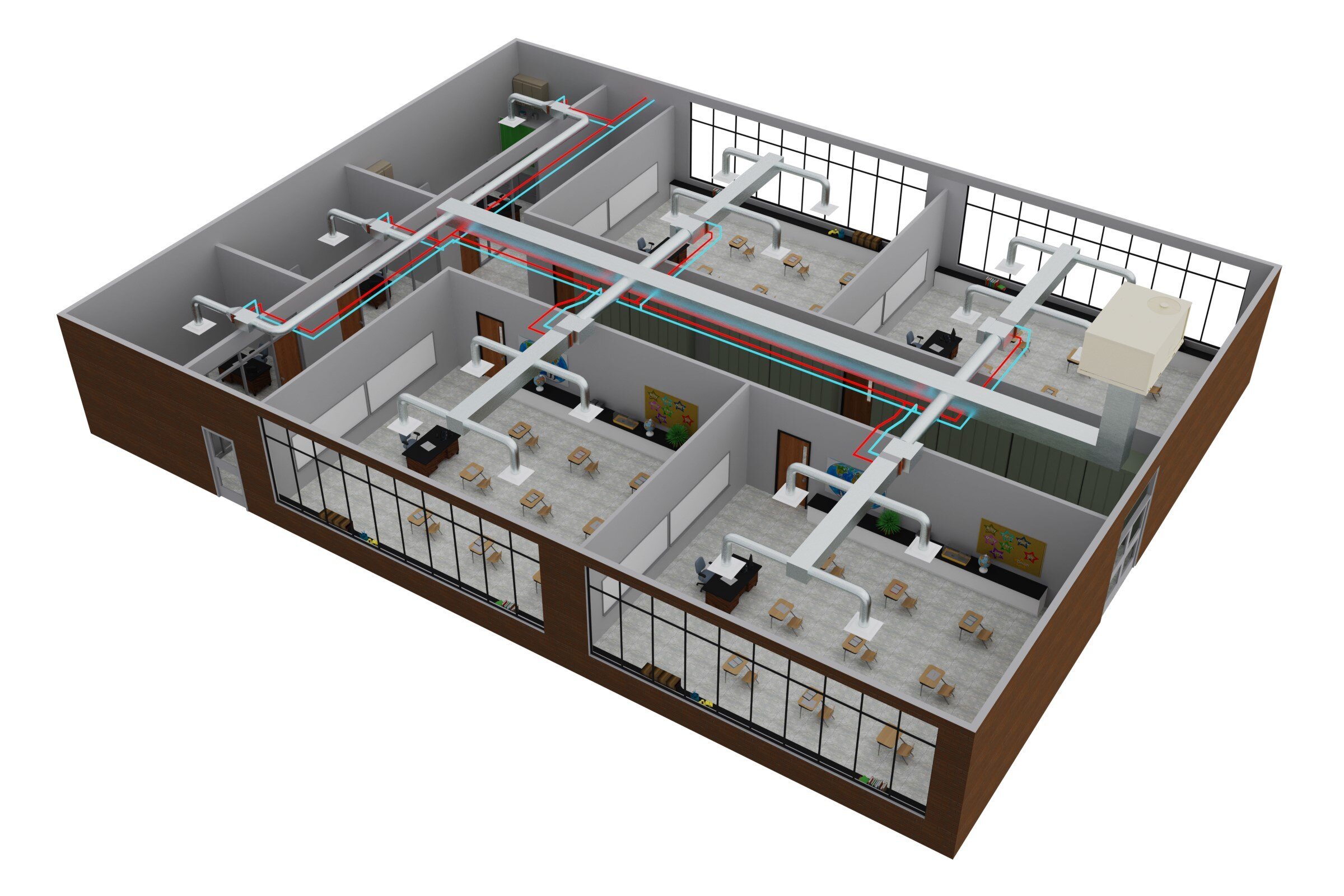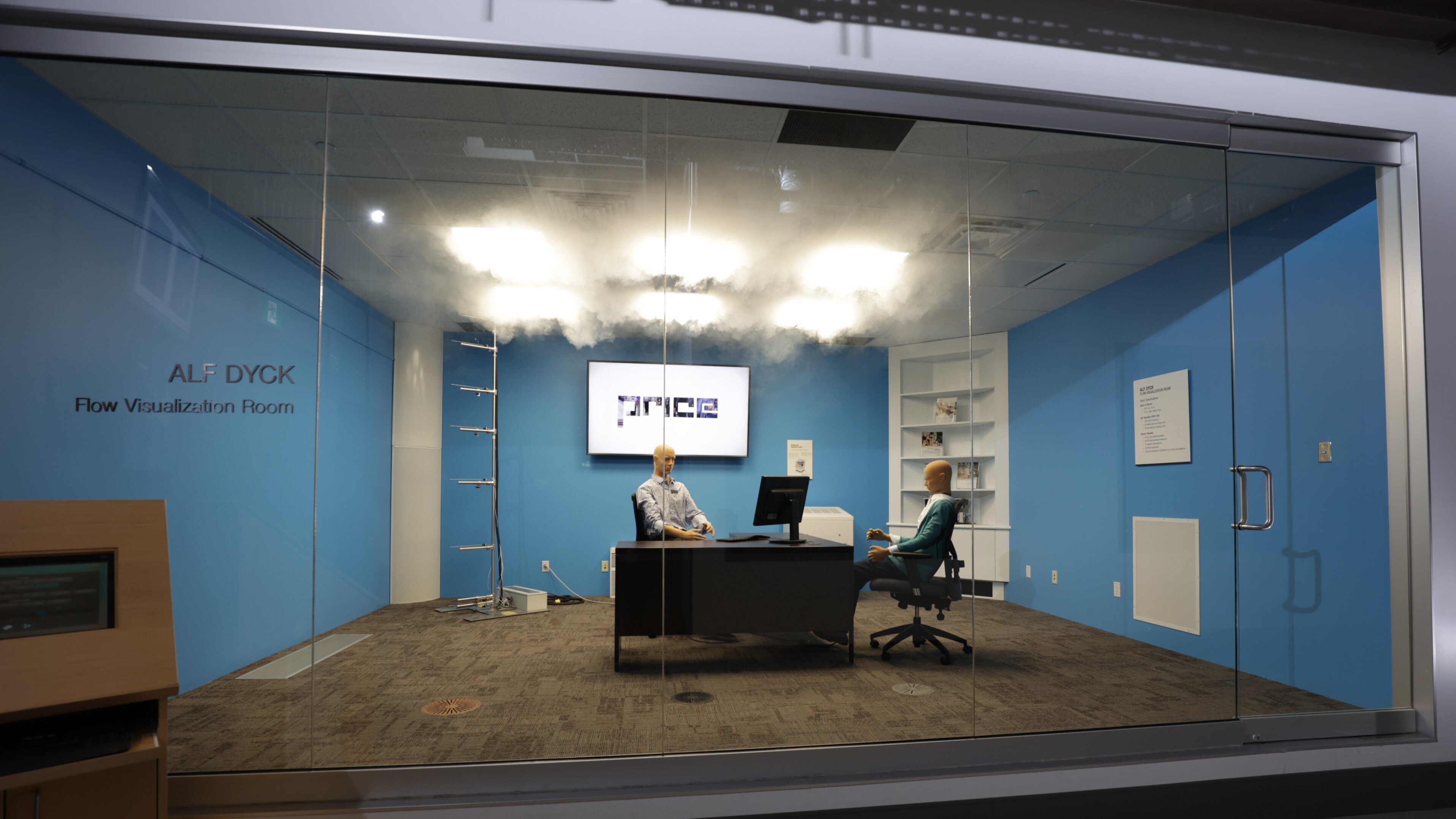Strategies to Save Energy and Reduce Costs
In the HVAC industry, we’re seeing the trend toward decarbonization and electrification affect the built environment more and more every year. It is therefore critical to improve HVAC system performance through better design, selection and control.
Read More
Topics:
GRD,
Diffusers,
Pressure Drop,
Terminals,
HVAC Fundamentals,
HVAC,
Engineering,
Design Engineering
Determining the Right Amount of Airflow for a Space
At Price, we pride ourselves on being industry leaders in room air distribution. Our manufactured products are designed around a common goal: to keep the room air clean, dry and comfortable. This is often accomplished by blowing a jet of conditioned, fresh air through a grille, register or diffuser (GRD) throughout a room to properly ventilate it.
Read More
Topics:
GRD,
Diffusers,
Grilles,
Displacement,
Underfloor,
Thermal Comfort,
HVAC Fundamentals,
HVAC,
Engineering,
Design Engineering,
Tech Tip
Four Approaches for a Quieter System
There is a misconception that VAV diffusers are noisy, but a review of their performance data shows that they have a pressure versus noise relationship similar to that of all diffusers. The difference is that VAV diffusers have a built-in VAV damper and can close to a minimum, possibly building up pressure in the system. It is the higher pressure that makes diffusers noisy, and because of this, a method of pressure control should be used in every VAV diffuser system.
Read More
Topics:
Diffusers,
Pressure Drop,
HVAC Fundamentals,
HVAC,
Engineering,
Design Engineering,
Tech Tip
A Look at Air Distribution and Patient Safety Standards
Patient care is constantly evolving, and these changes impact how we design spaces within psychiatric care facilities – including the components for air distribution systems. Patient health and safety is at the forefront of design considerations, but a challenge faced by many HVAC designers is a lack of guidance as to what types of air inlets and outlets should be installed in these unique spaces.
Read More
Topics:
GRD,
Diffusers,
Grilles,
HVAC,
Engineering,
Design Engineering
Accessing Price Revit Content Is Now Easier Than Ever
To help simplify the design process for engineers and architects, Price has invested in supporting the way these designers already work. Many engineers and architects are now designing using Autodesk Revit software.
Read More
Topics:
GRD,
Diffusers,
Grilles,
HVAC,
Engineering,
Design Engineering,
Architecture,
Software







